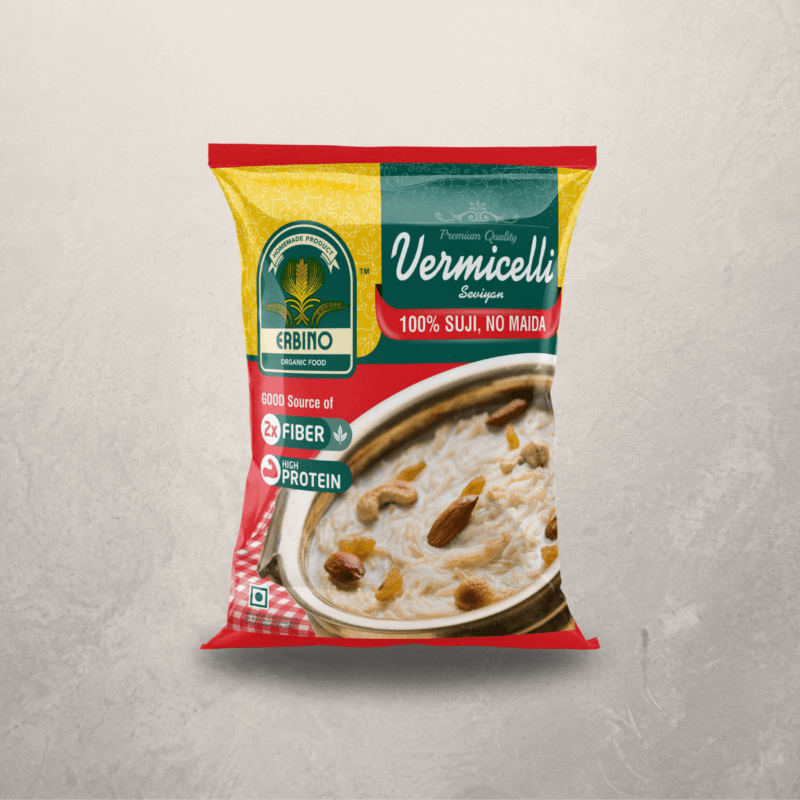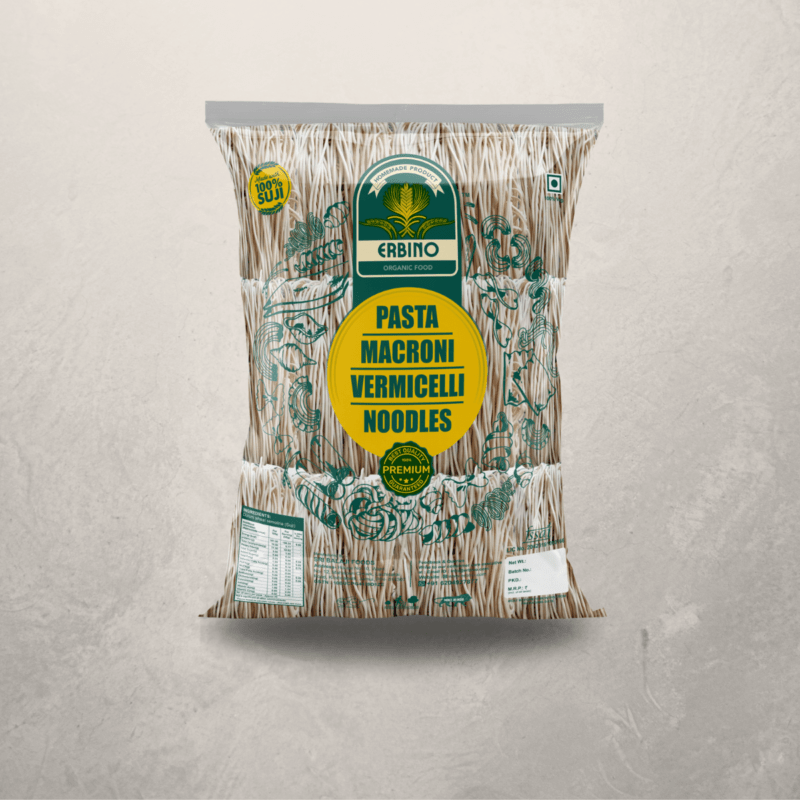Penne 5kg
₹499.00
This lovely variety has a shape that resembles the shape of a fountain pen’s steel nibs. Moreover, the word “Penne” means quill, which this pasta so greatly resembles. It’s usually cut into cylindrical textures with ridges.
Origin – Liguria, Italy
Color – Color varies – Red, yellow, Green, etc.
Nutrition – 100 g of Penne pasta has a phosphorus content of 118 mg.
Recipe – Tomato Basil Penne Pasta
Note – The main ingredient behind penne pasta is durum wheat.
Health Benefits – Eating penne may be good for your mental health.






